Ask Ethan: Have We Finally Found Evidence For A Parallel Universe?

There’s some amazing science happening at the South Pole, but some very grandiose claims being made. What’s actually going on?
For some of us, the idea of parallel Universes spark our wildest dreams. If there are other Universes where certain events had different outcomes — where just one crucial decision went a different way — perhaps there could be some way to access them. Perhaps particles, fields, or even people could be transported from one to the other, enabling us to live in a Universe that’s better, in some ways, than our own. These ideas have a foothold in theoretical physics as well, from the myriad of possible outcomes from quantum mechanics as well as ideas of the multiverse. But do they have anything to do with observable, measurable reality? Recently, a claim has surfaced asserting that we’ve found evidence for parallel Universes, and Jordan Colby Cox wants to know what it means, asking:
There is an article floating around that claims that physicists in Antarctica have found evidence for a parallel universe. I find this highly unlikely, but I wanted to be sure by asking you to address the veracity of the story.
Let’s take a look and find out.
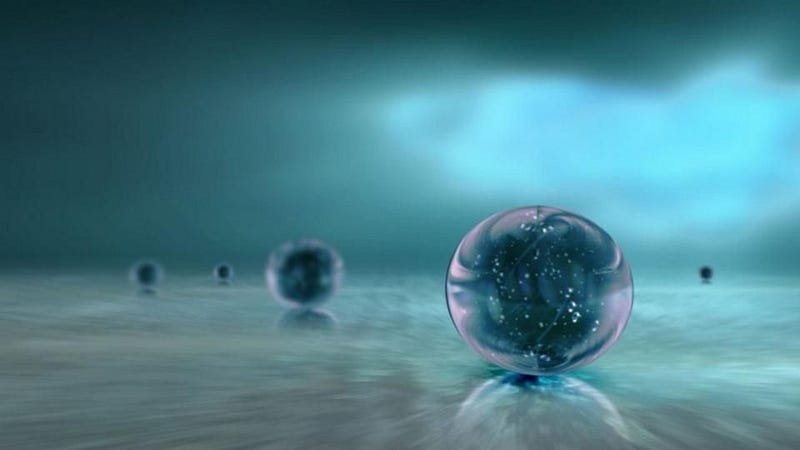
From a physics point of view, parallel Universes are one of those intriguing ideas that’s imaginative, compelling, but very difficult to test. They first arose in the context of quantum physics, which is notorious for having unpredictable outcomes even if you know everything possible about how you set up your system. If you take a single electron and shoot it through a double slit, you can only know the probabilities of where it will land; you cannot predict exactly where it will show up.
One remarkable idea — known as the many-worlds interpretation of quantum mechanics — postulates that all the outcomes that can possibly occur actually do happen, but only one outcome can happen in each Universe. It takes an infinite number of parallel Universes to account for all the possibilities, but this interpretation is just as valid as any other. There are no experiments or observations that rule it out.
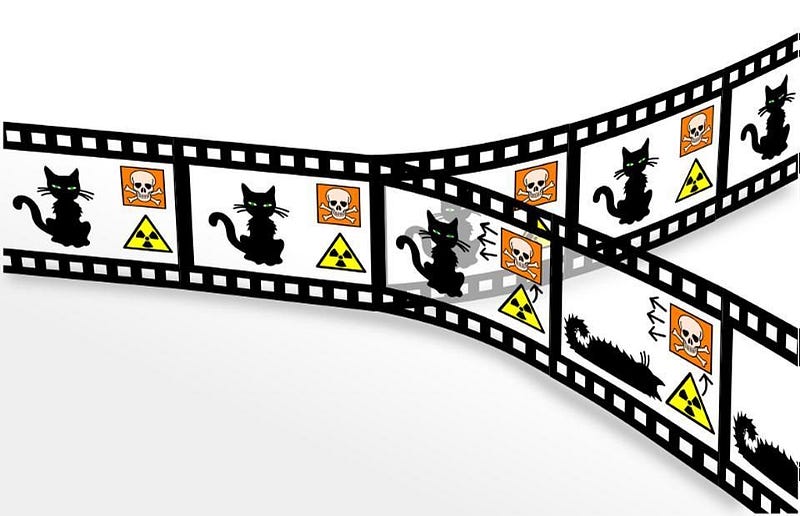
A second place where parallel Universes arise in physics is from the idea of the multiverse. Our observable Universe began 13.8 billion years ago with the hot Big Bang, but the Big Bang itself wasn’t the very beginning. There was a very different phase of the Universe that occurred previously to set up and give rise to the Big Bang: cosmological inflation. When and where inflation ends, a Big Bang occurs.
But inflation doesn’t end everywhere at once, and the places where inflation doesn’t end continue to inflate, giving rise to more space and more potential Big Bangs. Once inflation begins, in fact, it’s virtually impossible to stop inflation from occurring in perpetuity at least somewhere. As time goes on, more Big Bangs — all disconnected from one another — occur, giving rise to an uncountably large number of independent Universes: a multiverse.

The big problem for both of these ideas is that there’s no way to test or constrain the prediction of these parallel Universes. After all, if we’re stuck in our own Universe, how can we ever hope to access another one? We have our own laws of physics, but they come along with a whole host of quantities that are always conserved.
Particles don’t simply appear, disappear, or transform; they can only interact with other quanta of matter and energy, and the outcomes of those interactions are similarly governed by the laws of physics.
In all the experiments we’ve ever performed, all the observations we’ve ever recorded, and all the measurements ever made, we’ve never yet discovered an interaction that demands the existence of something beyond our own, isolated Universe to explain.
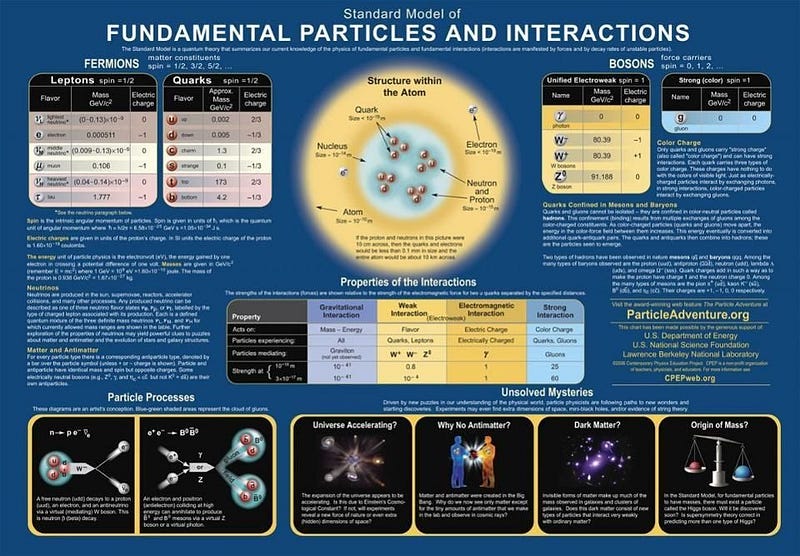
Unless, of course, you’ve read the headlines that came out this week, reporting that scientists in Antarctica have discovered evidence for the existence of parallel Universes. If this were true, it would be absolutely revolutionary. It’s a grandiose claim that would show us that the Universe as we currently conceive of it is inadequate, and there’s much more out there to learn about and discover than we ever thought possible.
Not only would these other Universes be out there, but matter and energy from them would have the capability to cross over to and interact with matter and energy in our own Universe. Perhaps, if this claim were correct, some of our wildest science fiction dreams would be possible. Perhaps you could travel to a Universe:
- Where you chose the job overseas instead of the one that kept you in your country?
- Where you stood up to the bully instead of letting yourself be taken advantage of?
- Where you kissed the one-who-got-away at the end of the night, instead of letting them go?
- Or where the life-or-death event that you or your loved one faced at some point in the past had a different outcome?
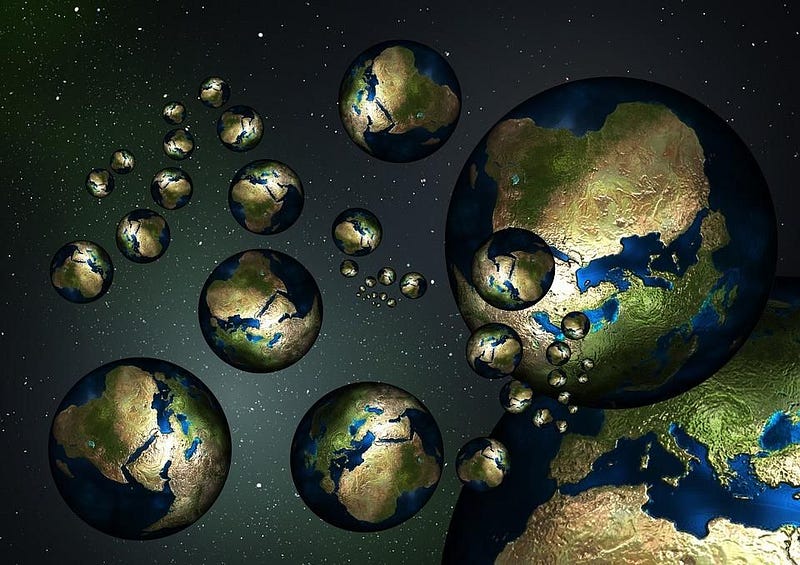
So what was the remarkable evidence that demonstrates the existence of a parallel Universe? What observation or measurement was made that brought us to this remarkable and unexpected conclusion?
The ANITA (ANtarctic Impulsive Transient Antenna) experiment — a balloon-borne experiment that’s sensitive to radio waves — detected radio waves of a particular set of energies and directions coming from beneath the Antarctic ice. This is good; it’s what the experiment was designed to do! In both theory and in practice, we have all sorts of cosmic particles traveling through space, including the ghostly neutrino. While many of the neutrinos that pass through us come from the Sun, stars, or the Big Bang, some of them come from colossally energetic astrophysical sources like pulsars, black holes, or even mysterious, unidentified objects.
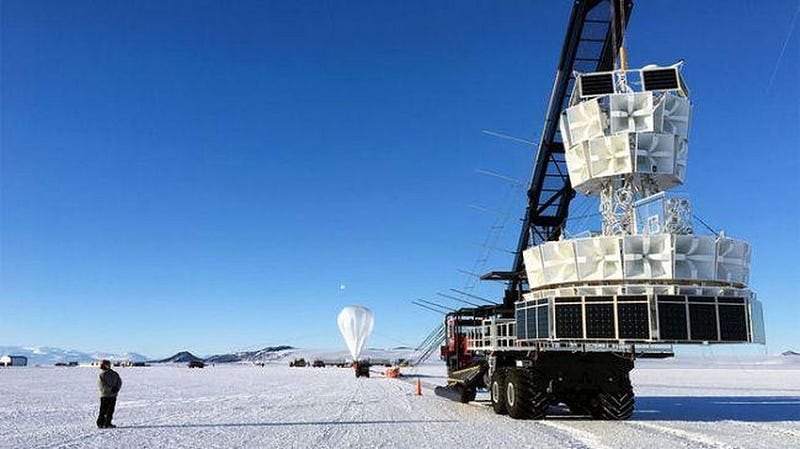
These neutrinos also come in a variety of energies, with the most energetic ones (unsurprisingly) being the rarest and, to many physicists, the most interesting. Neutrinos are mostly invisible to normal matter — it would take about a light-year’s worth of lead to have a 50/50 shot of stopping one — so they can realistically come from any direction.
However, most of the high-energy neutrinos that we see aren’t produced from far away, but are produced when other cosmic particles (also of extremely high energies) strike the upper atmosphere, producing cascades of particles that also result in neutrinos. Some of these neutrinos will pass through the Earth almost completely, only interacting with the final layers of Earth’s crust (or ice), where they can produce a signal that our detectors are sensitive to.
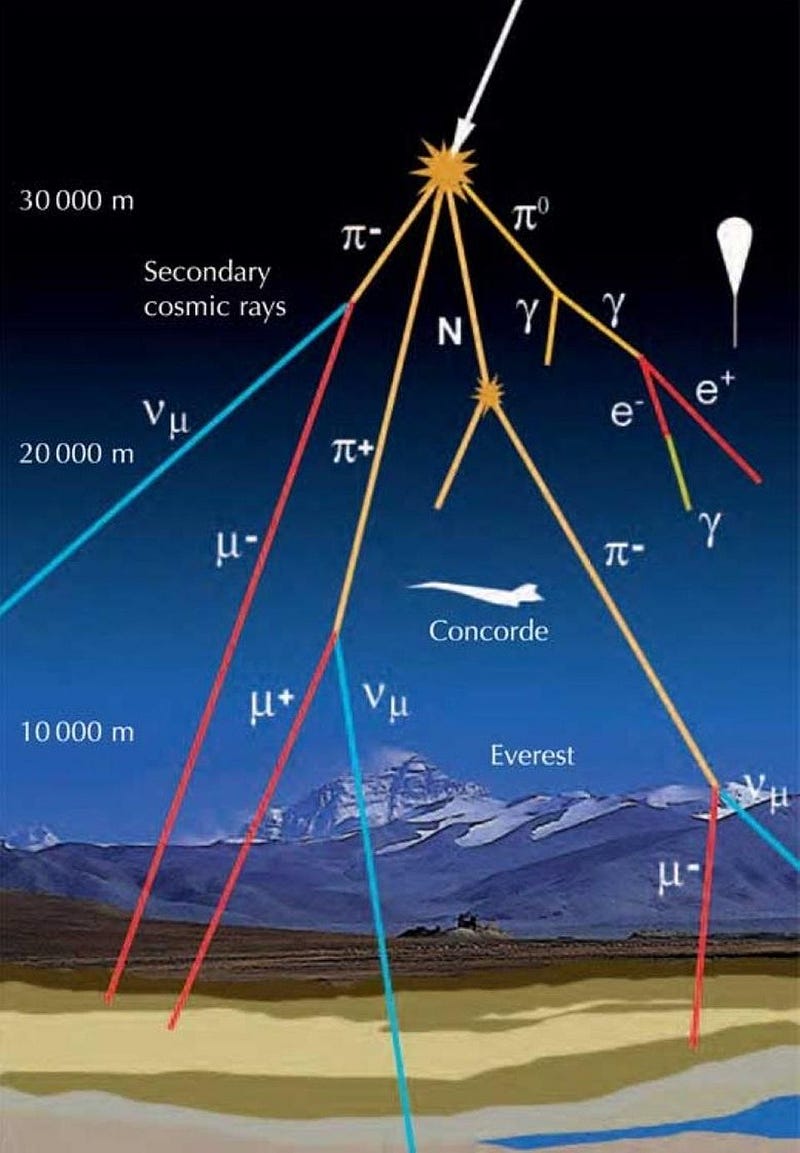
The rare events that ANITA saw were consistent with a neutrino coming up through the Earth and producing radio waves, but at energies that should be so high that passing through the Earth uninhibited should not be possible.
How many events like this did they see? Three.
Did they have to come through the Earth? No. The first two could have been normal air-shower tau neutrinos (one of the three types of neutrino allowed), while the third was probably just part of the experimental background.
In fact, there’s an extraordinary piece of evidence that disfavors them coming through the Earth: the IceCube neutrino detector exists, and if high-energy tau neutrinos are regularly passing through the Earth (and the Antarctic ice), IceCube would have definitively seen a signal. And, quite unambiguously, they have not.
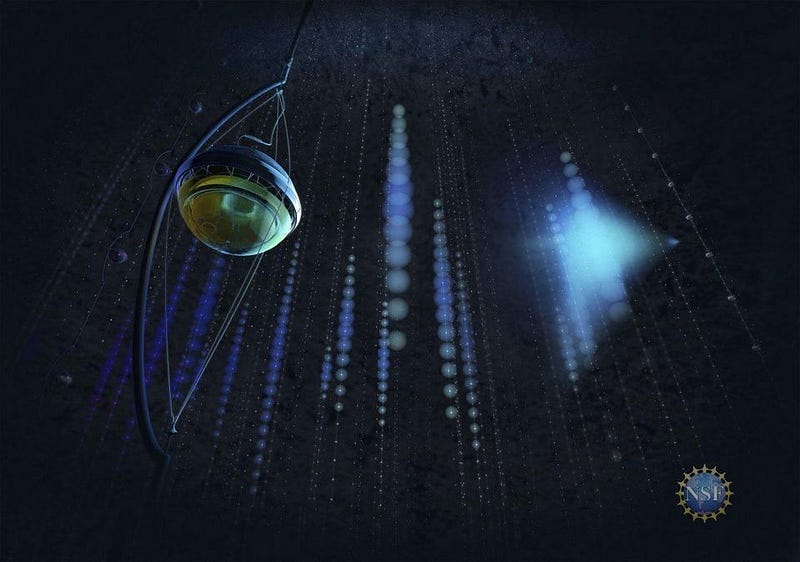
Scientifically, this means that:
- ANITA saw radio signals that it could not explain,
- their leading hypothesis was that high-energy tau neutrinos are traveling upwards through the Earth,
- and that hypothesis was refuted by IceCube observations,
- teaching us there is no astrophysical point source out there that is creating the particles that ANITA is indirectly seeing.
So where, in all of this, do the parallel Universes come in?
Because there were only three explanations for what ANITA saw: either there was an astrophysical source for these particles, there’s a flaw in their detector or their interpretation of the detector data, or something very exotic, remarkable, and beyond the Standard Model (known as CPT violation) is happening. Some very good science ruled out the first option (back in January), which means it’s almost certainly the second option. The third? Well, if our Universe cannot violate CPT, maybe this comes from a parallel Universe where CPT is reversed: an explanation that’s as unlikely as it is poorly reasoned.
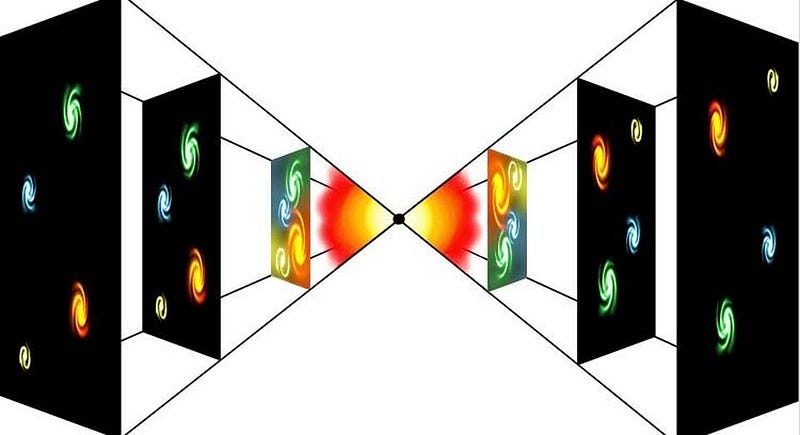
Remember: in science, we must always rule out all the conventional explanations that don’t involve new physics before we resort to a game-breaking explanation. Over the past decade, a number of remarkable claims have been made that have disintegrated upon further investigation. Neutrinos don’t travel faster-than-light; we haven’t found dark matter or sterile neutrinos; cold fusion isn’t real; the impossible “reactionless engine” was a failure.
There’s a remarkable story here that’s all about good science. An experiment (ANITA) saw something unexpected, and published their results. A much better experiment (IceCube) followed it up, and ruled out their leading interpretation. It strongly suggested something is amiss with the first experiment, and more science will help us uncover what’s truly occurring. For now, based on the scientific evidence we have, parallel Universes will have to remain a science fiction dream.
Send in your Ask Ethan questions to startswithabang at gmail dot com!
Ethan Siegel is the author of Beyond the Galaxy and Treknology. You can pre-order his third book, currently in development: the Encyclopaedia Cosmologica.




